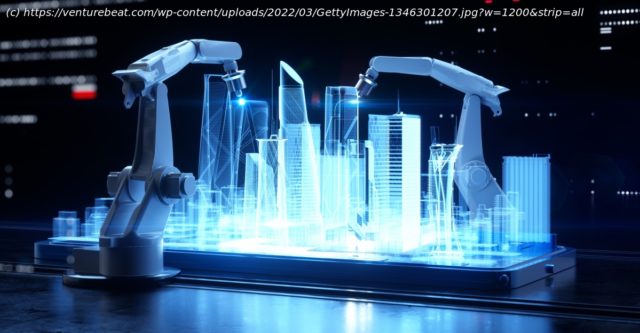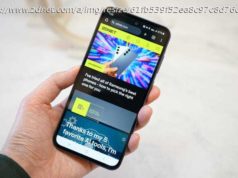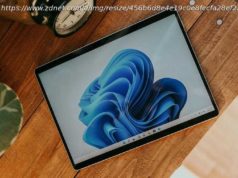How digital twins in the metaverse can simulate scenarios for engineering design, operational environments and sustainability implications.
Amidst a global inflection point for business and society, the metaverse is beginning to scale. Seven in 10 executives said it would positively impact their organization; four in 10 consider it a breakthrough, as recently shown in an Accenture survey.
Industrial and product companies are among those placing big bets, and they have started to pay off. Take Siemens Energy, which reported that, through technological applications for maintenance and inspection, the metaverse reduced downtime by 70% and saved its steam turbine business $1.7 billion.A natural extension of digital twins
What attracts companies to the metaverse? It’s the immersive environment it provides, where multiple users can interact, and easily accessible information can be layered in for objects, avatars and actions.
The big opportunity for industrial and product companies lies in coupling the collaborative, immersive, visual and intuitive dimensions of the metaverse with digital twins fed by integrated data pools across departments, systems, operations technology and IT.
This could create a virtual, fully immersive and intuitive simulation of the entire enterprise. Every aspect of it could be run through a plethora of eventualities, with each projected effect informing other scenarios.
In part, this opportunity is still nascent. But we found that increasingly, virtual data-based replicas of objects, facilities and processes play a role in four compelling metaverse use cases for industrial and product companies:1: Creative collaboration and product development
In what is now being called the industrial metaverse, workers across departments can connect in an immersive environment that allows more efficient design, engineering, testing and validation. Employees can connect from anywhere to see interactive design simulations and operational scenarios.
For example, in Boeing’s factory of the future, immersive 3-D engineering designs will be twinned with robots that speak to each other, while mechanics around the world will be linked by HoloLens headsets.
Engineers can also prototype and test products virtually, which is cost-effective and more efficient than testing actual products in real-life scenarios. In the metaverse, prototypes can be set up quickly as digital simulations with engines like Unity. The result: More options for customers and a shorter creation process.
What is more, the metaverse gives engineers the opportunity to ’beam’ important stakeholders right into a simulated work environment.
Домой
United States
USA — software 4 ways product and industrial companies can harness the promise of the...






